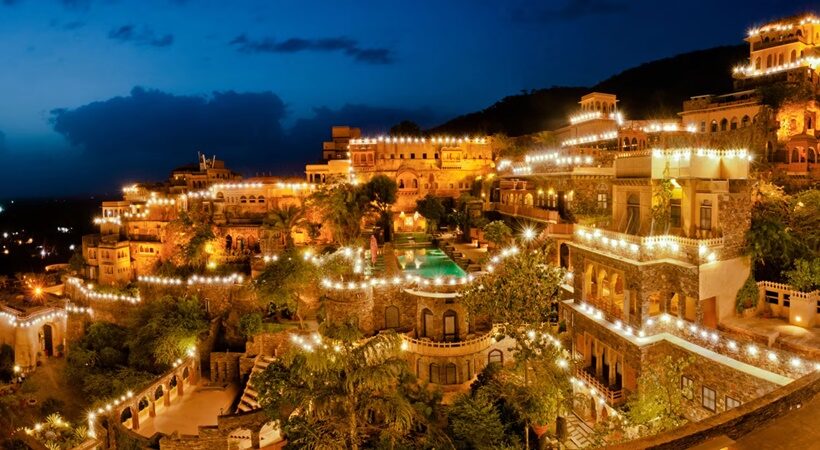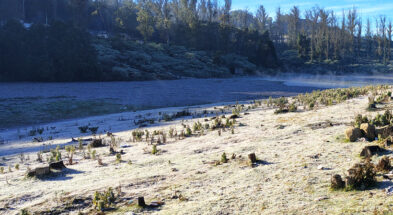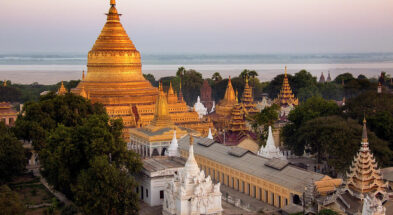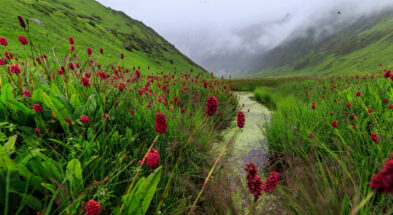Alwar is a scenic district in Rajasthan, nestled in the heart of the Aravalli mountain range, with deep historical roots. Alwar is not only home to beautiful palaces and forts; it also offers visitors excellent views of natural beauty at the Sariska tiger reserve. The geography of the district comprises rivers, mountains, plains and semi-arid areas.
The beautiful ranges of the Aravalli Hills surround the city that acts as a natural barrier for it, protecting it from the harsh and dry winds during the summer season. The rocky ranges of the Aravalli’s break the undulating plateau into fragments. The city is adorned with expansive stretches of dense deciduous forests that are inhabited by rich flora and fauna.
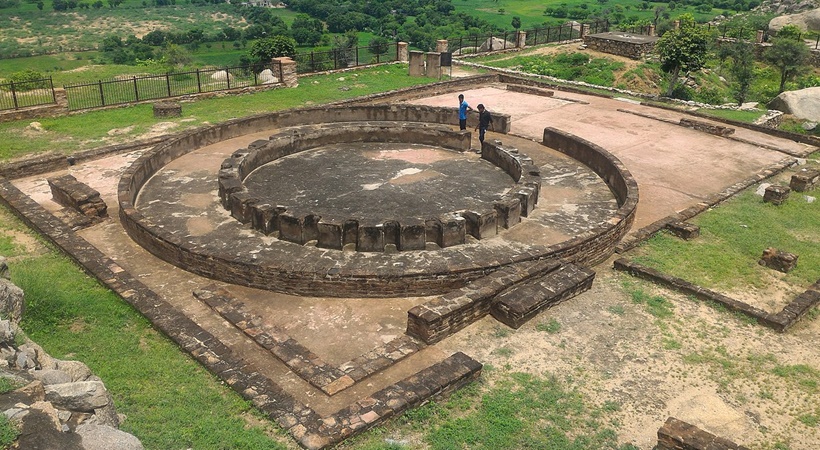
Image Credits: Wiki Commons
During the ancient period, the region around Alwar was believed to be a part of Matsya Janapada, whose capital happened to be Viratnagar. Also known as Matsya Desh, this is said to be the place where Pandavas, the mighty heroes of the Mahabharata, spent the last years of their 13-year exile. The ruins of Viratnagar can still be seen in the village of Bairat. The village also has a very early freestanding monastery, probably from the 3rd century BCE.
Xuanzang, the Chinese traveller in the 630’s, found eight monasteries on the site but most were ruined. Excavations carried out on the different terraces of this hill known as Bijak-ki-Pahari have yielded remains of a Mauryan circular stupa-shrine made of lime-plastered panels of brickwork alternating with twenty-six octagonal pillars of wood, preceded by monastic remains with a double row of cells arranged around an open square courtyard.
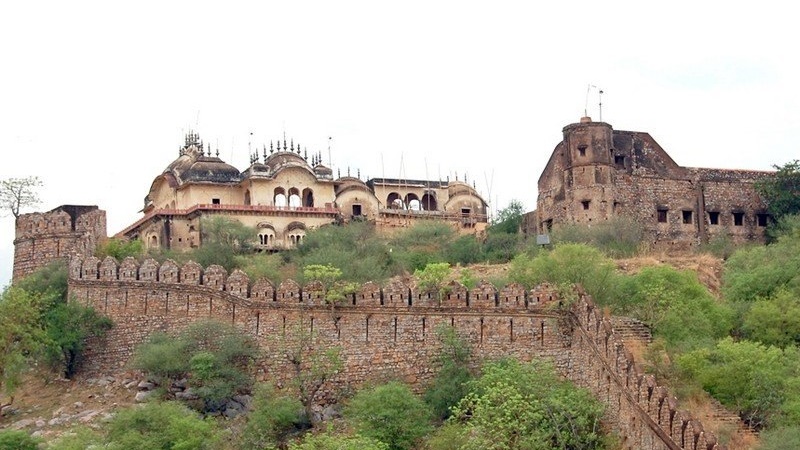
Image Credits: trawell.in
In the early medieval times, the area was ruled by the Jadaun clan of Chandravanhi Rajputs. In the early 13th century, Nahar Khan of the same Chandravanshi clan converted to Islam during Firuz Shah Tughlak’s regime. Alawar Khan, who was the descendent of Nahar Khan, established the kingdom of Alawar in 1412 A.D. The Bala Qila (young fort) was built on the foundations of a 10th-century mud fort by Alawar Khan and is a towering structure set atop a hill. Strong fortifications, graceful marble columns and delicate latticed balconies make up the fort. Bala Qila can be entered through six scenic gates, namely Jai Pol, Suraj Pol, Laxman Pol, Chand Pol, Krishan Pol and Andheri Gate.
Later on 25th November 1775, Rao Pratap Singh raised his standard over the Alwar Fort and founded the modern kingdom of Alwar. Built in 1793 AD by Raja Bakhtawar Singh, the City Palace is an amazing mélange of the Rajputana and Islamic styles of architecture. The highlight of this palace is graceful marble pavilions set on lotus flower bases in the central courtyard.
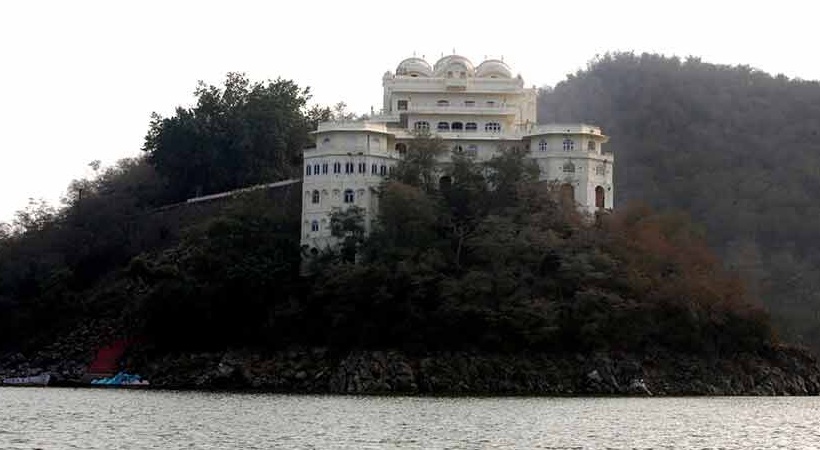
Image Credits: Rajasthan Tour Planner
At Siliserh, the lake palace offers stunning views encircled by the Siliserh Lake. Built by Maharaja Vinay Singh for his favourite queen in 1845, the palace soon turned into a hunting lodge. Thus, the district of Alwar offers the visitor the beautiful prospect of viewing some of the most magnificent sights in Rajasthan.



